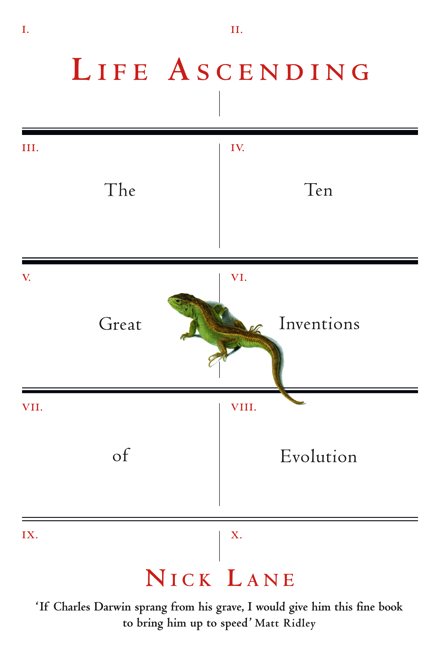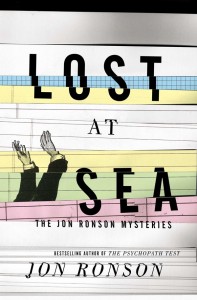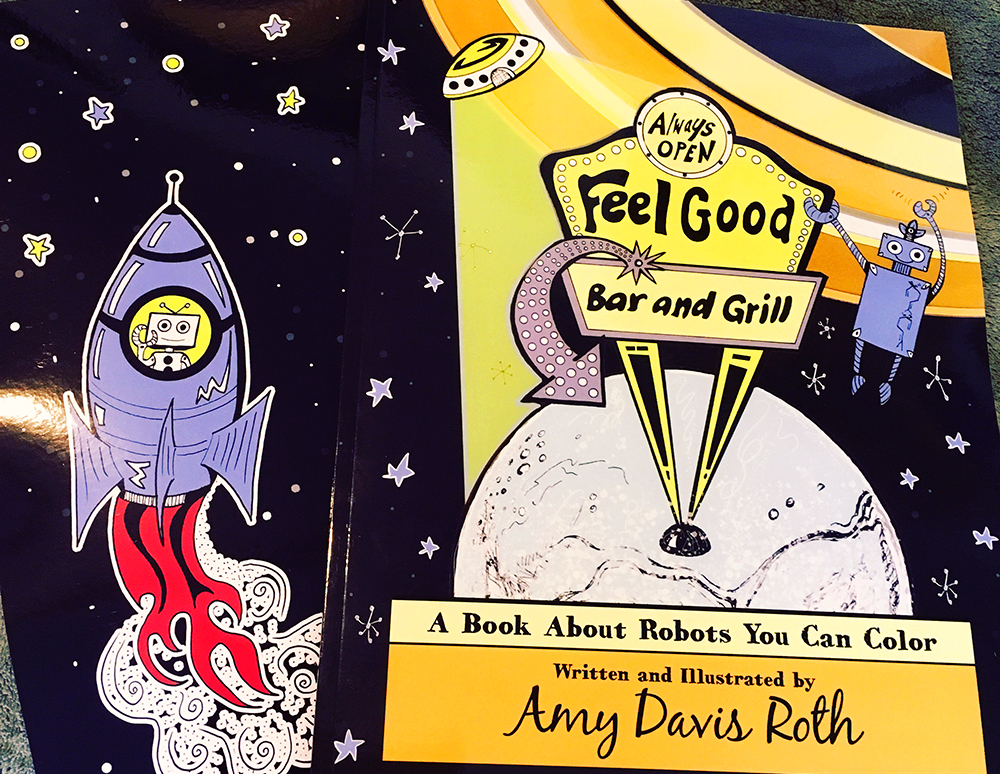Skepchick Book Club: Life Ascending

Note: Information about next month’s book is at the bottom of this post.
Welcome back to the Skepchick Book Club! This month we read Life Ascending: The Ten Great Inventions of Evolution, a very comprehensive tome about evolutionary science and what exactly scientists know about life.
Reviews for this book are very positive, and I agree with the reviews that the author explains the science behind the great inventions of evolution very well. Although, to be honest, this book would serve better as a textbook than a book to read just for fun–unless you enjoy reading about dense science, in which case, this is the book for you! For me, reading this book was like swimming in mud. After a few pages, my eyes would start to cross and the pages would start to blur, and I would need a break. If I had two months to read this book, I wouldn’t have been so exhausted after finishing (and taking notes!). So maybe it wasn’t the best book club pick. But, it was picked, so I pushed through it and finished it, and now my brain feels like it has run an ultra-marathon.
The author had four criteria for picking each evolutionary invention (paraphrased from the book): it had to revolutionize the world, it had to be of surpassing importance today, it had to be a direct outcome of natural evolution (versus, say, cultural evolution), and it had to be iconic. Below are the ten great inventions of evolution, with my extremely condensed notes.
- The origin of life: There are two ways to evaluate the origin of life–from the top down or the bottom up. The “bottom up” approach involves looking at fossils and making conclusions based on ancient evidence, which may be incomplete. The “top down” approach involves looking at what modern life is, and deriving a common ancestor based on that.
- DNA: Watson and Crick may have discovered the structure of DNA, but it took many years to find out what DNA actually encoded for, and that would be amino acids (which make up proteins, which make up everything else).
- Photosynthesis: Without photosynthesis, the world would not be green, because we wouldn’t have chlorophyll. And it wouldn’t be blue, because our clear oceans and skies are kept clean with oxygen, a byproduct of photosynthesis. And we wouldn’t have oceans, because we wouldn’t have excess oxygen and thus an ozone to block UV rays. Our planet would look much like Mars.
- Cells: In the tree of life, the roots are made of bacteria (prokaryotes), and the branches are made of animals/plants (eukaryotes, which have a nucleus and mitochondria). But what makes up the trunk?
- Sex: Sex has many disadvantages, like the emphasis placed on seeking a suitable mate, the chance of getting a disease, or the fact that every embryo has to play the genetic lottery. However, sex also speeds up evolution and natural selection, and it keeps populations healthier than cloning.
- Movement: Organisms that are capable of movement, instead of those that are anchored to the ground, are more physically resilient because they have more of a need to adapt to a changing environment. Motility of animals is also probably the reason that plants have colorful flowers (to attract pollinators) and fruit (to spread seeds).
- Sight: As a creationist would say, what good is half an eye? And as an evolutionary biologist would say, it depends on which half. Also, half an eye is better than a quarter of an eye. Any lens is better than no lens.
- Hot Bloodedness: The difference between “hot” versus “cold” blood is a matter of metabolism. Animals with hot blood are able to generate their own heat, whereas cold blooded ones need to rely on the sun for heat. Having higher metabolism also gives hot blooded animals more stamina. (This chapter also involved an experiment with putting a lizard in a tiny fur coat–cute!)
- Consciousness: Feelings are physical, and yet they cannot yet be accounted for the laws of physics.
- Death: Without death, we would not have evolution or natural selection.
And that’s it! If I missed your favorite fact or concept, please leave it in the comments.
This Month’s Featured Recipe: Tomato Mac & Cheese
I don’t know if there is some way to relate evolution to mac & cheese, but you can read more about the history here. I don’t like boxed mac & cheese, I prefer the homemade version. And I also like to add a bit of dried mustard and roasted tomato. Bread crumbs on top are optional.
Next Month’s Book: Lost At Sea by Jon Ronson
I’m a huge Jon Ronson fan, so I was overjoyed to find out about Lost At Sea, which is apparently a collection of many of his magazine articles. Our next meeting will be on Sunday, September 28th (and if you are in Boston, you can join us in person on the 27th). See you then!






First, thank you for introducing this book to the book club. I’ve mentioned it to the SGU and the JREF forum since it won the Royal Society prize. I thought the book was an eye opener and very much worthy of the prize, though I thought the consciousness chapter should have been compressed into the end of a chapter on the nervous system. Even without being written as a direct counter to creationists, it has a lot of useful information for skeptics. The chapter on sight, for one, as you noted. Some creationists have certainly taken notice of material in the book, both using it for themselves in arguments against the primordial soup idea and attacking the proposed substitute for the soup.
The implications of the first four chapters for me are that if Lane and those whose work he is building on are on the right track, we might be on our own. Given that carbon and water are the most abundant life generating substances, we could be surrounded in the galaxy, perhaps as close as Europa and Enceladus, by single cell organisms. On the other hand, if water splitting photosynthesis doesn’t arise to produce excess oxygen, and two distantly related single cell lines don’t come together in a new uneasy alliance of host and power cell to make the most use of that oxygen, those worlds are unlikely to produce a multicellular sentient alien to communicate with.